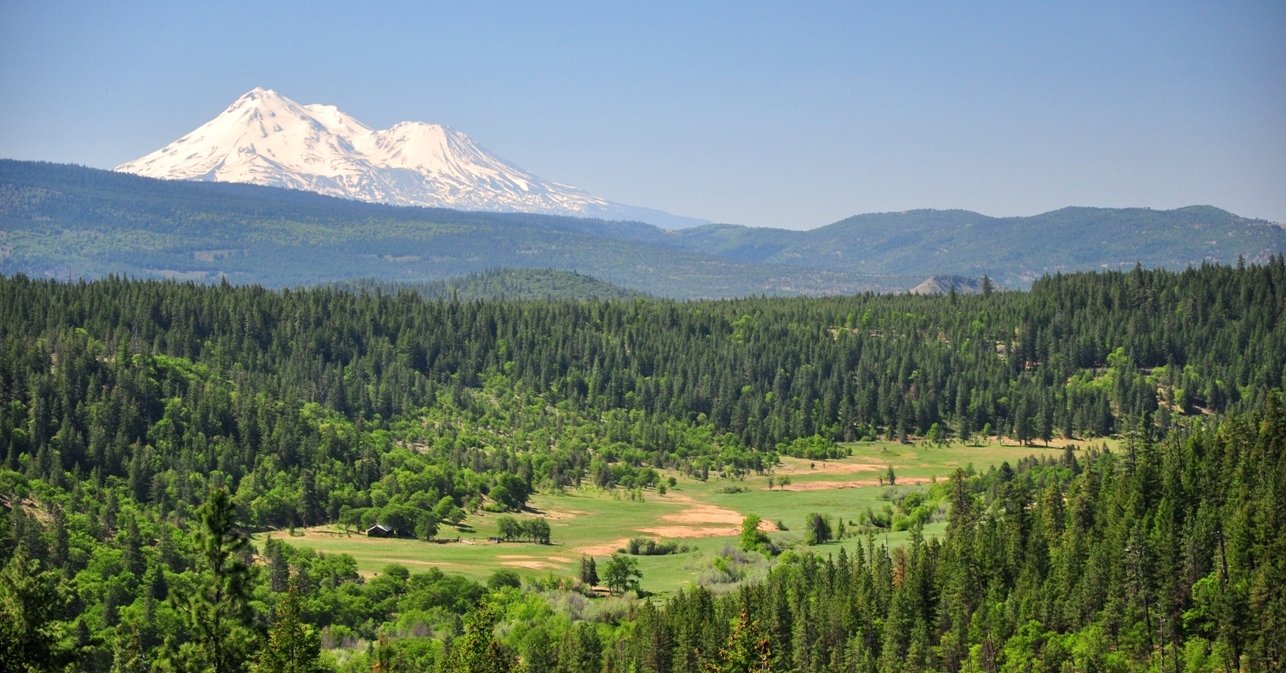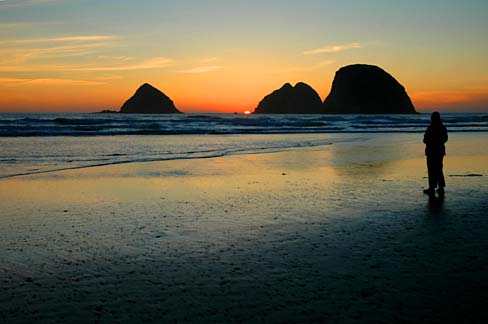The history of congressional and other actions to facilitate retirement of federal grazing permits
Read MoreRetiring Grazing Permits, Part 2: History of the Voluntary Retirement Option

Wilderness Act
The history of congressional and other actions to facilitate retirement of federal grazing permits
Read MoreDespite its imperfections, the Wilderness Act is a wonderful law, worth defending against all attacks and attackers.
Read MoreThe passage of the Wilderness Act on September 3, 1964, is an extraordinary landmark in the history of American conservation and law.
Read MoreMany politicians call for a return to the era of bipartisanship as a solution to any woe. This call has resonance because the bipartisan era occurred in the living memory of baby boomers. But in the long arc of history this era did not last long, and the evidence of today does not give much hope of a return to it.
Read MoreThe Great Sand Dunes Wilderness in the Great Sand Dunes National Park and Preserve, Colorado One can borrow this tricked-out wheelchair from the National Park Service. Source: National Park Service via www.wilderness.net
Trigger warning for wilderness purists: I’m going to argue that mountain bikes in wilderness areas are not a unqualified evil and in fact—if wilderness advocates are visionary, strategic, pragmatic and relevant—can be a qualified opportunity.
Read More“In short all available wild areas, large or small, are likely to have value as norms for land science. Recreation is not their only, or even their principal, utility.”
Of the 766 wilderness areas designated by Congress since 1964, 48 (6.2 percent or approximately 1 of every 16, not including island wildernesses) are freestanding wilderness areas smaller than 5,000 acres (see Table 1). While most such areas are in the eastern United States, four are in the wide-open American West: the Menagerie Wilderness (4,800 acres) and the Lower White River Wilderness (2,870 acres) in Oregon, Jumbo Springs (4,631 acres) in Nevada, and Baboquivari Peak (2,040 acres) in Arizona.
Read More

